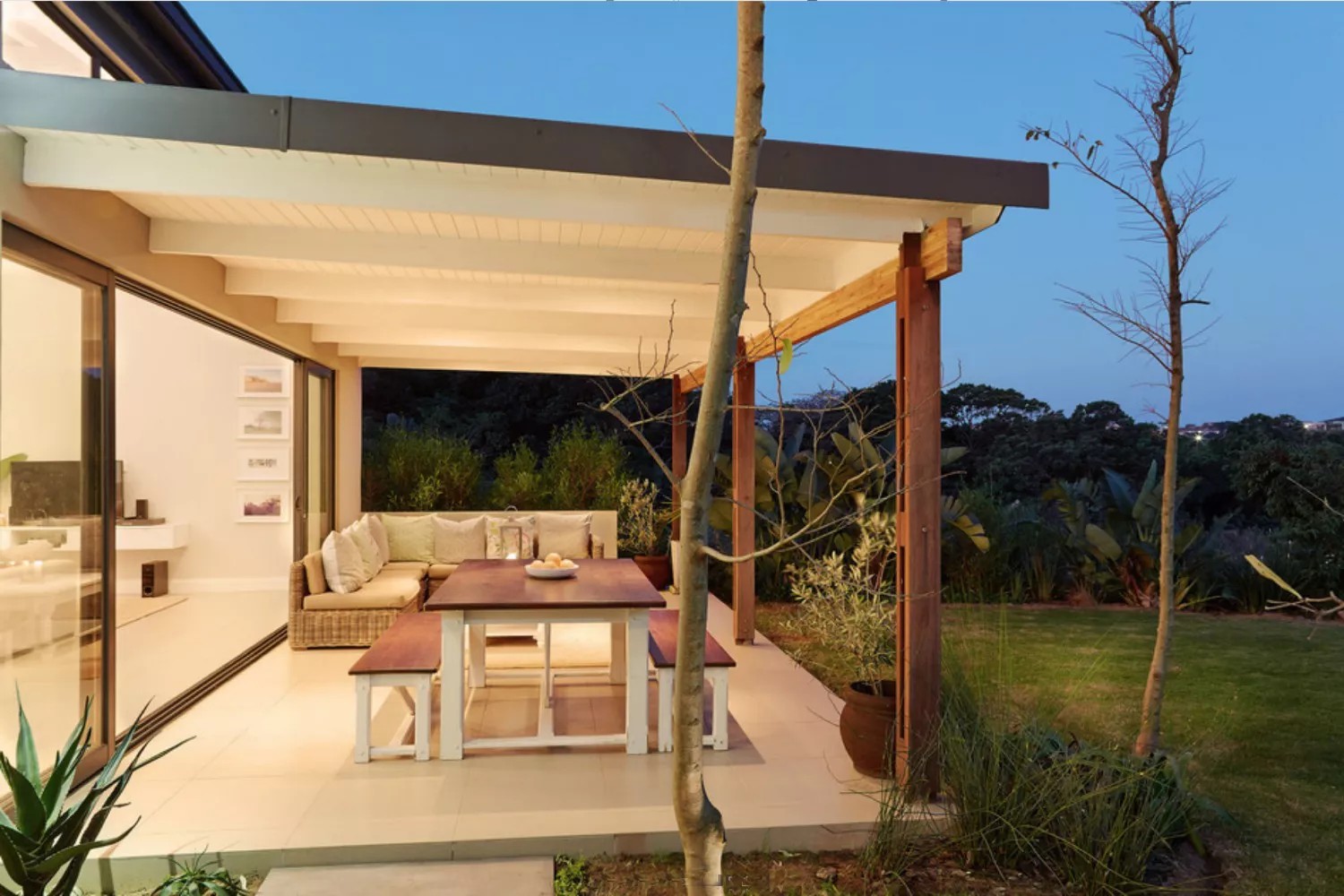

Articles
How To Extend A Roof Over A Patio
Modified: May 6, 2024
Learn how to extend a roof over a patio with our informative articles. Discover expert tips and techniques for creating a stylish and functional outdoor space.
(Many of the links in this article redirect to a specific reviewed product. Your purchase of these products through affiliate links helps to generate commission for Storables.com, at no extra cost. Learn more)
Introduction
Incorporating a roof over a patio can significantly enhance your outdoor space, providing shelter from the sun, wind, and rain while allowing you to enjoy the fresh air and natural surroundings. Whether you want to extend your existing roof or create a new one, this article will guide you through the process of extending a roof over a patio.
Before you embark on this project, it is essential to assess the feasibility, determine the design and materials, obtain necessary permits and approvals, and properly prepare the patio. By following these steps and using professional guidance, you can create a functional and aesthetically pleasing roof extension that seamlessly integrates with your home’s structure.
Extending a roof over a patio can offer numerous benefits. It not only expands your usable outdoor space but also provides protection from the elements, making it suitable for year-round use. Whether you plan to use your patio for entertaining, relaxing, or as an additional dining area, a roof extension will ensure that you can enjoy the space regardless of weather conditions.
Moreover, a roof over a patio can also enhance the value of your home. The addition of a roof extends the area available for activities, increasing the overall square footage and making your property more appealing to potential buyers.
However, it is important to note that extending a roof over a patio is not a one-size-fits-all project. The feasibility will depend on various factors, such as the existing roof structure, the size and shape of the patio, local building codes, and budget constraints. It is crucial to assess these factors before starting the project to ensure that you proceed with a plan that meets your needs and complies with regulations.
In the next sections, we will explore how to assess the feasibility of extending a roof over a patio, determine the design and materials, obtain necessary permits and approvals, prepare the patio, install the roof structure, select roofing materials and installation techniques, and add finishing touches and aesthetics to create a seamless extension that blends harmoniously with your home’s architecture.
Key Takeaways:
- Extending a roof over a patio requires careful assessment of existing structures, local regulations, and budget constraints. Proper preparation, installation, and finishing touches are essential for creating a functional and visually appealing outdoor space.
- Selecting the right design, materials, and roofing options is crucial for a successful patio roof extension. Obtaining necessary permits and approvals, preparing the patio, and following proper installation techniques are key steps in creating a durable and attractive outdoor living area.
Read more: How To Extend An Existing Patio Roof
Assessing the Feasibility of Extending a Roof Over a Patio
Before you begin the process of extending a roof over your patio, it’s crucial to assess the feasibility of the project. This involves considering several factors that will determine if the roof extension is viable and suitable for your specific situation.
The first factor to consider is the existing roof structure. Assess whether your current roof can support the additional weight of the extended area. Consult with a structural engineer or a roofing professional to evaluate the load-bearing capacity of your roof. They will determine if any modifications or reinforcements are necessary to ensure that the structure can safely accommodate the roof extension.
Next, consider the size and shape of your patio. Assess its dimensions and layout to determine if it’s compatible with the roof extension design you have in mind. Take into account any obstructions such as trees, power lines, or neighboring structures that may impact the feasibility or design of the roof extension.
Local building codes and regulations are another important consideration. Check with your local municipality to understand the requirements for roof extensions in your area. This may include setback requirements, maximum height restrictions, or specific materials that must be used. Ensure that your plans comply with all relevant regulations to avoid any legal issues or complications down the line.
Finally, evaluate your budget and resources. Extending a roof over a patio can be a significant investment, so it’s essential to determine if you have the financial means to complete the project. Consider the cost of the materials, labor, and any additional expenses such as permits and inspections. If your budget is limited, you may need to make adjustments to your design or seek alternative options.
Once you have thoroughly assessed these factors, you will have a clearer understanding of the feasibility of extending a roof over your patio. Take the time to consult with professionals, such as roofing contractors or architects, who can provide valuable insights and guidance based on their expertise. They can help you determine if the project is achievable and offer suggestions to overcome any challenges that may arise.
Assessing the feasibility of extending a roof over a patio is a crucial first step in creating a functional and visually appealing outdoor space. By carefully considering the factors discussed above, you can ensure that your roof extension project is successful and meets your needs and expectations.
Determining the Design and Materials
Once you have assessed the feasibility of extending a roof over your patio, the next step is to determine the design and materials that will best suit your needs and complement your home’s architecture. The design and materials you choose will play a significant role in the functionality, aesthetics, and durability of your roof extension.
Start by considering the overall style and design of your home. You want the roof extension to seamlessly blend with the existing structure and enhance its overall appearance. Take cues from the architectural elements, such as the roofline, materials, and colors, when developing the design for your roof extension. This will help create a cohesive and visually appealing look.
When it comes to materials, there are various options to choose from, each with its own advantages and considerations. Common materials used for roof extensions include wood, metal, and polycarbonate panels.
Wood is a classic and versatile choice that can complement a variety of home styles. It provides a warm and natural look, and with proper maintenance, it can last for many years. However, wood may require regular sealing or painting to protect it from the elements.
Metal, such as aluminum or steel, is a durable and low-maintenance option for a roof extension. It can offer a sleek and modern appearance and can withstand harsh weather conditions. Metal roofs are available in a range of colors and finishes, allowing you to customize the look to match your home’s aesthetic.
+ Can also consider mentioning that metal roofs are lightweight and can be an excellent option for areas with high wind or snow loads.
Polycarbonate panels are a lightweight and translucent option for roof extensions. They allow natural light to filter through while providing shelter from the elements. Polycarbonate panels are often used in modern or contemporary designs, and they can create a unique and stylish look for your patio.
In addition to the materials, consider the design features that will enhance the functionality and comfort of your roof extension. This may include incorporating ventilation options, such as vents or ceiling fans, to ensure proper airflow and prevent heat buildup. Consider adding lighting fixtures to allow for nighttime use of the patio and create a welcoming ambiance.
When determining the design and materials for your roof extension, it’s essential to strike a balance between functionality, aesthetics, and budget. Consider seeking professional advice from architects or roofing contractors to ensure that your design meets structural requirements and local building codes.
By carefully selecting the design and materials for your roof extension, you can create a space that seamlessly integrates with your home while providing the desired level of protection and style for your outdoor patio.
Obtaining Necessary Permits and Approvals
Before commencing any construction project, it is vital to obtain the necessary permits and approvals from the relevant authorities. Adding a roof extension to your patio is no exception. Failure to obtain the required permits and approvals can result in fines, penalties, or even the need to remove the structure altogether.
Start by reaching out to your local building department or municipal office to inquire about the permits and approvals needed for a roof extension. They will provide you with the specific requirements and documentation that you need to submit. The process may involve filling out permit applications, providing detailed plans and drawings, and paying the applicable fees.
The purpose of obtaining permits and approvals is to ensure that the construction project meets safety standards, building codes, and zoning requirements. Authorities will review your plans and assess whether they align with the regulations in place. This includes considerations such as setback requirements, maximum height limits, and structural integrity.
Working with an architect or a contractor experienced in obtaining permits can be beneficial as they are familiar with the regulations and can help streamline the process. They can assist in preparing the necessary documentation, such as architectural drawings, structural calculations, and site plans, that are required for the permit application.
In addition to building permits, it may be necessary to obtain other approvals depending on your location. These can include homeowner association (HOA) approvals, historical preservation permits if your home is in a designated historic area, or environmental permits if your project may impact protected habitats or ecosystems. Research the specific requirements for your area and ensure that you comply with all necessary regulations.
Keep in mind that the permitting process can vary depending on where you live. Some areas have faster turnaround times, while others may have lengthier approval processes. It is important to factor in these timelines when planning your roof extension project.
Once you have obtained all the necessary permits and approvals, ensure that you display them prominently on the job site as required. Adhering to the regulations and building codes not only ensures the safety of your structure but also protects your investment in the long run.
By taking the time to obtain the required permits and approvals, you can proceed with your roof extension project with confidence, knowing that it is legally compliant and upholds the necessary standards for construction in your area.
Preparing the Patio for Roof Extension
Before you can begin the installation of a roof extension over your patio, it is essential to properly prepare the patio itself. This preparation will ensure that the surface is ready to support the weight of the new structure and provide a firm foundation for the roof extension.
The first step is to clean and clear the patio area. Remove any furniture, plants, or debris from the space to create a clear and open workspace. This will allow you to assess the condition of the existing patio and make any necessary repairs before proceeding with the roof extension.
Inspect the patio surface for any cracks, uneven areas, or damage. Repair any significant cracks or structural issues to ensure the stability and longevity of the roof extension. Depending on the severity of the damage, you may need to consult with a professional contractor or concrete specialist to assess and repair the patio as needed.
Next, evaluate the drainage system of the patio. Proper drainage is crucial to prevent water pooling and potential damage to the roof extension. Ensure that the patio has a slight slope away from your home, allowing water to flow away from the structure. If needed, make adjustments to the grading or consider installing additional drainage solutions, such as French drains or gutters, to effectively manage water runoff.
Consider the electrical and lighting requirements for your roof extension. If you plan to add electrical outlets, lighting fixtures, or ceiling fans to the roof structure, it is important to ensure that the necessary electrical work is done before installing the roof. Consult with a licensed electrician to determine the best placement for these fixtures and to ensure compliance with electrical codes and safety standards.
Finally, evaluate any landscaping or vegetation around the patio area. Trim any overhanging branches or remove vegetation that may interfere with the roof extension or pose a risk of damage during construction. It is important to maintain proper clearance between the roof and any nearby trees to prevent potential damage from falling branches or debris.
By thoroughly preparing your patio for the roof extension, you can ensure a solid foundation and a seamless integration between the existing space and the new structure. Proper preparation will not only enhance the structural stability and functionality of the roof extension but also contribute to the overall aesthetics and longevity of your outdoor living area.
Consider using a metal roof for your patio extension as it is durable, low maintenance, and provides excellent protection from the elements.
Read more: How To Extend A Patio
Installing the Roof Structure
Once the patio is properly prepared, it is time to move on to the installation of the roof structure. This step is crucial as it forms the foundation for the roof extension and provides the support and stability necessary for a structurally sound and durable addition to your outdoor space.
The first task in installing the roof structure is to determine the placement of the supporting posts or columns. These posts will bear the weight of the roof and transfer it to the ground, ensuring stability and strength. The placement of these posts will depend on the design and size of your roof extension, as well as any local building codes or regulations governing construction in your area.
Once the positions of the supporting posts are determined, the next step is to dig the post holes. The depth and diameter of the holes will depend on factors such as soil conditions and the size of the posts. Ensure that the holes are deep enough to provide a stable foundation and that they are level to ensure an even and balanced roof structure.
After digging the post holes, insert the posts into the holes, ensuring that they are plumb and level. Consider using temporary support braces to hold the posts in place during the construction process. These braces will provide additional stability until the roof structure is fully installed.
Next, secure the posts in place by pouring concrete into the post holes. The concrete will provide a solid foundation and ensure that the posts are securely anchored. Allow the concrete to cure according to the manufacturer’s instructions before proceeding with the rest of the installation.
With the posts securely in place, it is time to install the support beams or trusses of the roof structure. These beams will connect the supporting posts and form the framework for the roof. Ensure that the beams are properly spaced and securely fastened to the posts to ensure the stability and integrity of the roof structure.
Once the support beams are installed, you can then proceed with adding the rafters or other components necessary to complete the roof structure. The specific design and materials used will depend on your chosen roofing system and the overall aesthetic of your home.
Throughout the installation process, it is important to carefully follow the design plans and any manufacturer instructions for the roof structure materials. This will ensure that the roof is installed correctly and meets the necessary safety and structural standards.
It is recommended to work with a professional contractor or roofing specialist during the installation of the roof structure. Their expertise and experience will ensure that the installation is done correctly and efficiently, minimizing any potential issues or structural concerns.
By properly installing the roof structure, you will lay the foundation for a secure and durable roof extension. This will allow you to move forward with the next steps of the process, such as selecting the roofing materials and completing the finishing touches for your patio roof extension.
Roofing Materials and Installation
When it comes to selecting the roofing materials for your patio roof extension, there are a variety of options available to suit your design preferences, climate, and budget. The choice of roofing materials will not only impact the aesthetics of your outdoor space but also the durability and longevity of the roof extension.
One popular choice for patio roof extensions is asphalt shingles. These shingles are affordable, widely available, and come in a range of colors and styles to complement your home’s architecture. Asphalt shingles are durable and can withstand various weather conditions, making them a practical option for many homeowners.
Metal roofing is another popular choice for patio roof extensions. Metal roofs are known for their durability, longevity, and low maintenance requirements. They come in a variety of finishes, such as steel or aluminum, and can be customized to match your home’s aesthetic. Metal roofs are also eco-friendly and energy-efficient, reflecting heat and reducing cooling costs during hot summer months.
If you’re looking for a more natural and rustic appearance, wood shakes or shingles may be a suitable option for your patio roof extension. Wood roofs can provide a charming and timeless look, blending seamlessly with natural surroundings. However, it’s important to note that wood roofs may require more maintenance and periodic treatments to protect against rot, insects, and weathering.
Alternatively, if you desire a roof that allows natural light to filter through, consider using polycarbonate or fiberglass panels. These translucent roofing materials are lightweight, durable, and provide UV protection. They can create a unique and modern aesthetic while allowing ample daylight to enter your outdoor space.
Once you have chosen the appropriate roofing material, the next step is the installation process. It’s crucial to follow the manufacturer’s instructions and consult with a professional roofing contractor to ensure proper installation and adherence to building codes.
Start by installing the necessary underlayment to provide an additional layer of protection against moisture and prevent leaks. This underlayment acts as a waterproof barrier between the roofing material and the roof structure.
Next, carefully install the roofing material according to the manufacturer’s guidelines. This may involve nailing or fastening the shingles, metal panels, or wood shakes, depending on the chosen roofing material. Take care to follow the recommended installation techniques to ensure the best performance and longevity of your patio roof.
If the roof extension has valleys, hips, or other complex areas, it may be necessary to use flashing and other accessories to ensure proper water drainage and prevent leaks. These accessories are essential for maintaining the integrity of the roof and protecting your outdoor space from water damage.
Lastly, conduct a thorough inspection of the roof after installation to ensure that all components are properly secured and there are no areas vulnerable to leaks or damage. Regular maintenance and inspections are essential to prolong the lifespan of your patio roof extension.
By selecting the right roofing material and following proper installation techniques, you can create a durable, attractive, and functional roof extension for your patio. The right roofing material will not only enhance the aesthetics of your outdoor space but also provide reliable and long-lasting protection from the elements.
Finishing Touches and Aesthetics
Completing the finishing touches of your patio roof extension is an exciting step that allows you to add personal style and enhance the overall aesthetics of your outdoor space. These finishing touches will elevate the functionality and visual appeal of your roof extension, creating a welcoming and enjoyable environment for you and your guests to relax and entertain.
One important consideration when it comes to the finishing touches is the ceiling of your roof extension. You can choose to leave it open, exposing the roof structure, which can create a rustic and open-air feel. Alternatively, you can opt for a finished ceiling, using materials such as tongue and groove paneling, beadboard, or drywall, to create a more polished and integrated look with the rest of your home.
Lighting is another crucial aspect of the finishing touches for your patio roof extension. Incorporate suitable lighting fixtures that provide adequate illumination for nighttime use. Consider options such as pendant lights, recessed lighting, or string lights to create a warm and inviting ambiance. Additionally, consider installing dimmer switches or smart lighting systems for added flexibility and control over the lighting levels.
Furniture and decor play a significant role in transforming your patio into a comfortable and stylish outdoor living space. Select furniture that is both functional and weather-resistant, ensuring it can withstand the elements. Choose materials such as rattan, teak, or aluminum that are durable and require low maintenance. Consider adding cozy outdoor cushions, pillows, and rugs to create a comfortable and inviting seating area.
Add greenery and plants to your patio to bring life and beauty to the space. Incorporate potted plants, hanging baskets, or vertical gardens to add a touch of nature. Consider the suitability of the plants for the outdoor environment, ensuring they can thrive in the amount of sunlight and weather conditions of your patio.
To further enhance the aesthetics of your patio roof extension, consider incorporating design elements such as decorative trims, moldings, or architectural details that complement your home’s architecture and add visual interest to the space. These details can create a cohesive and harmonious look between the roof extension and the rest of your home.
Lastly, consider adding functional elements to enhance the comfort and usability of your patio roof extension. This might include adding ceiling fans or outdoor heaters to regulate temperature depending on the weather. Consider installing retractable screens or curtains to provide shade or privacy when needed.
The finishing touches and aesthetics of your patio roof extension are where your personal style and creativity can truly shine. Incorporate elements that reflect your taste and preferences, while ensuring they are suitable for the outdoor environment and can withstand the elements. With careful consideration and attention to detail, you can create a stunning and inviting outdoor space that seamlessly extends your living area and enhances your overall enjoyment of your home.
Conclusion
Extending a roof over a patio can transform your outdoor space into a functional and inviting area that can be enjoyed year-round. By following the necessary steps and considerations outlined in this guide, you can successfully undertake the project of extending a roof over your patio.
Assessing the feasibility of the project is the first crucial step. Consider factors such as the existing roof structure, the size and shape of the patio, local building codes, and budget constraints to determine if extending the roof is viable for your specific situation.
Once feasibility is confirmed, determining the design and materials is the next important step. Consider the style of your home, select appropriate roofing materials that provide durability and complement the existing architecture, and ensure that the design integrates seamlessly with your patio and surrounding environment.
Obtaining the necessary permits and approvals is essential to ensure compliance with local regulations and to avoid any legal complications during the construction process. Be sure to follow the required procedures and obtain the proper documentation before proceeding.
Preparing the patio for the roof extension is an important step to ensure a stable foundation for the structure. Clean the area, assess and repair any damage, and ensure proper drainage to prevent water pooling and potential damage to the roof extension.
Installing the roof structure requires careful planning and execution. Consult with professionals, securely anchor supporting posts, and properly install the beams and rafters to ensure a sturdy and reliable structure.
Selecting the right roofing materials and properly installing them is crucial for the longevity and functionality of the roof extension. Consider options that align with your design preferences, climate, and budget, and follow the manufacturer’s guidelines for installation to ensure a watertight and durable roof.
Finally, add the finishing touches and aesthetics to complete your patio roof extension. Consider the ceiling design, lighting options, furniture, decor, and other elements that reflect your personal style and enhance the overall ambiance of the space.
In conclusion, extending a roof over a patio is a significant project that requires careful planning, attention to detail, and adherence to local regulations. By following the steps outlined in this guide, you can create a functional, visually appealing, and long-lasting roof extension that seamlessly integrates with your home and enhances your outdoor living experience.
Now that you've mastered extending your patio's roof, why not add flair to your outdoor space? Our article on colorful decor and simple add-ons transforms any deck into a haven for outdoor living. With practical tips on selecting vibrant furnishings and accessories, you'll create a perfect spot for relaxation or entertainment. Dive into our guide and turn your patio into a picturesque retreat that beckons family and friends to gather.
Frequently Asked Questions about How To Extend A Roof Over A Patio
Was this page helpful?
At Storables.com, we guarantee accurate and reliable information. Our content, validated by Expert Board Contributors, is crafted following stringent Editorial Policies. We're committed to providing you with well-researched, expert-backed insights for all your informational needs.
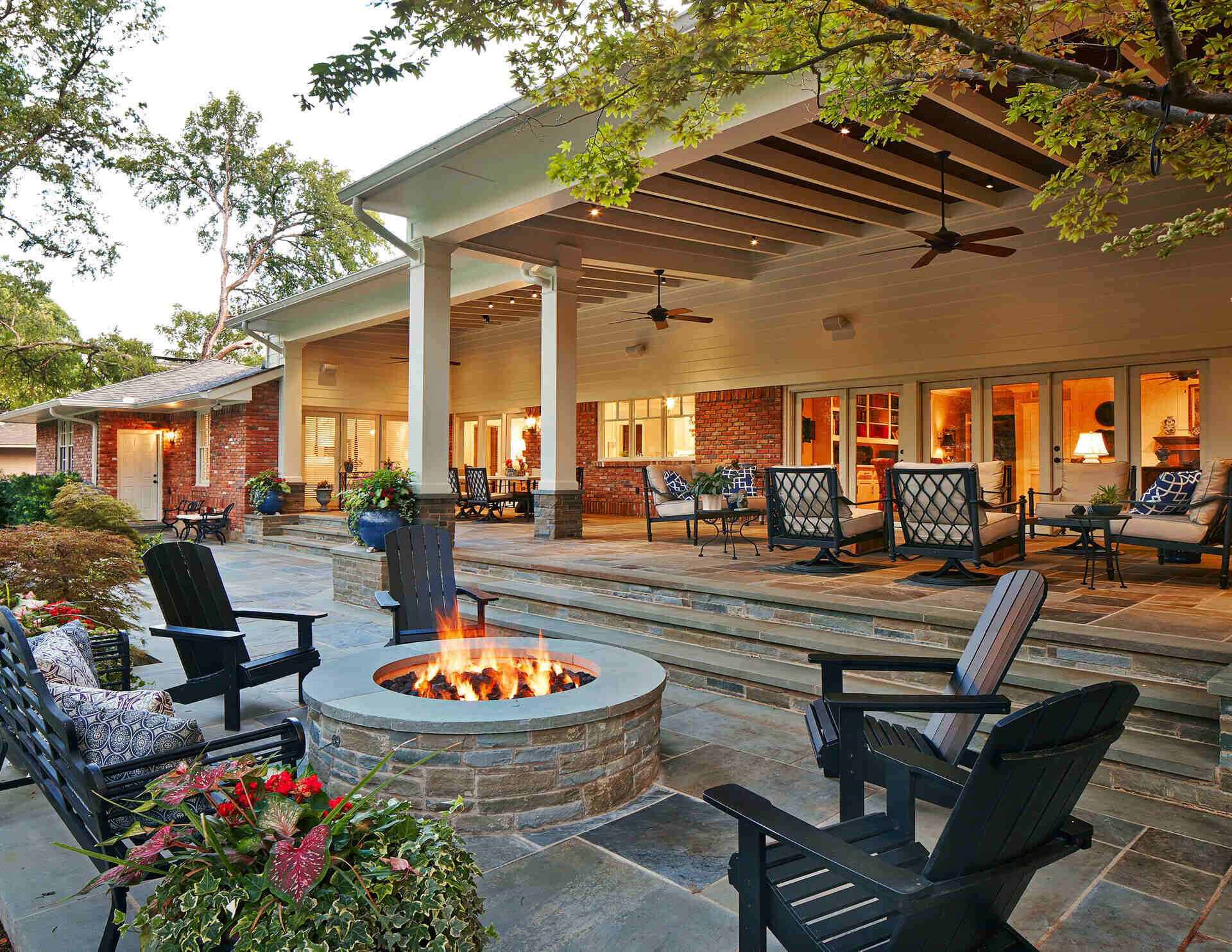
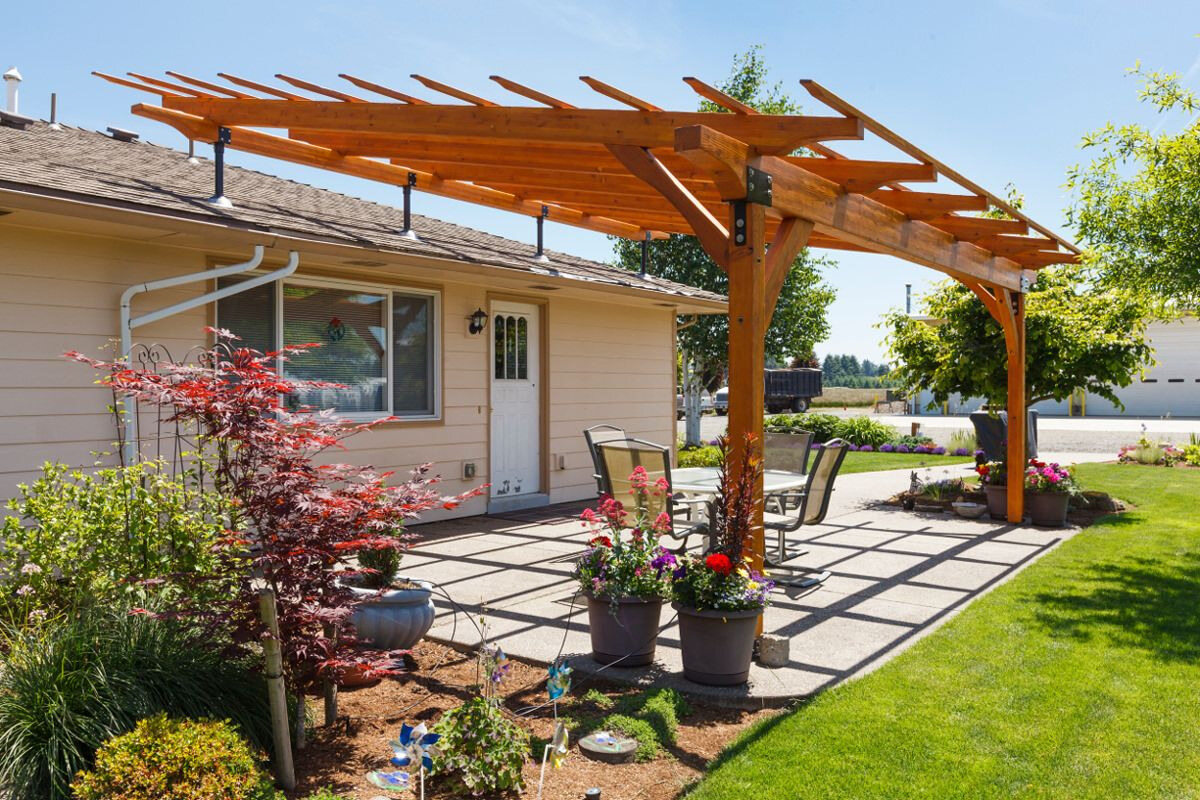
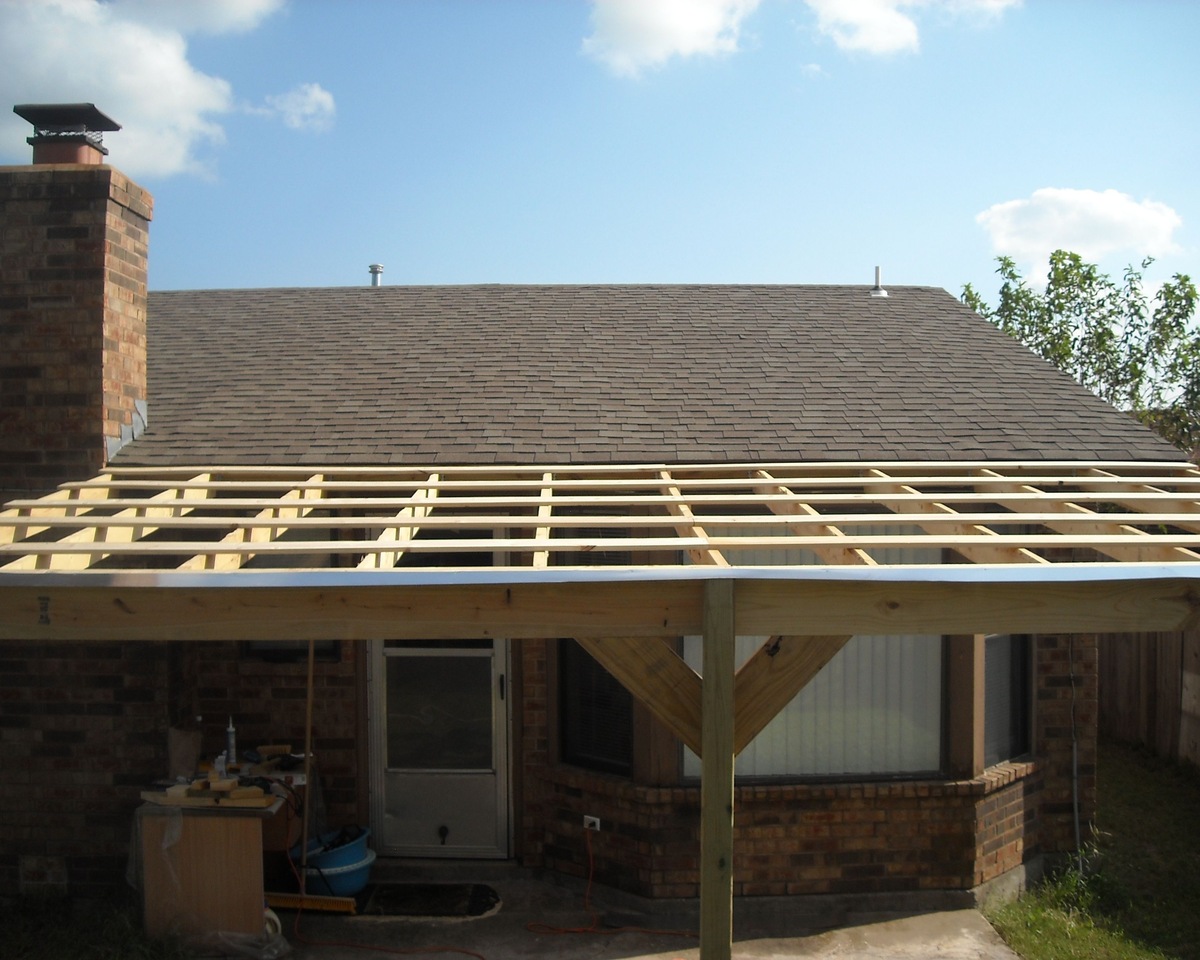
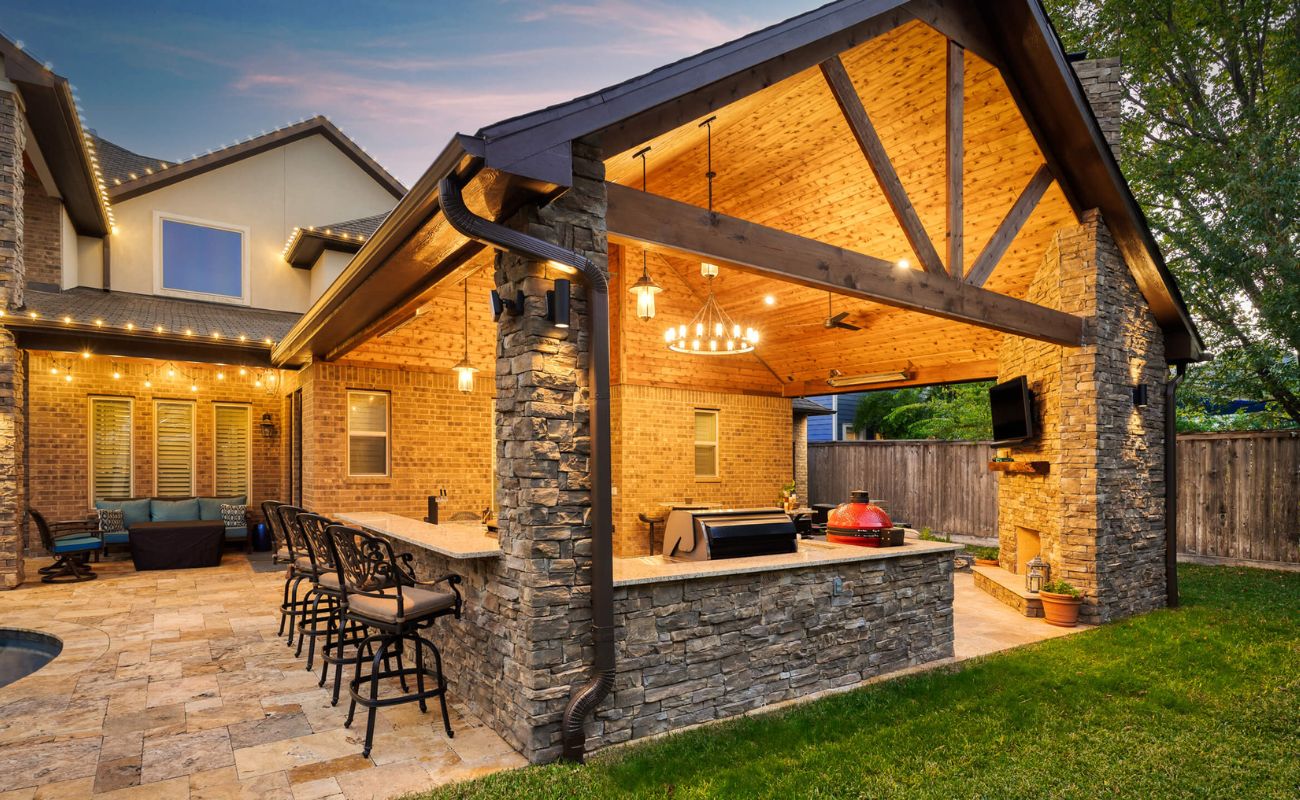
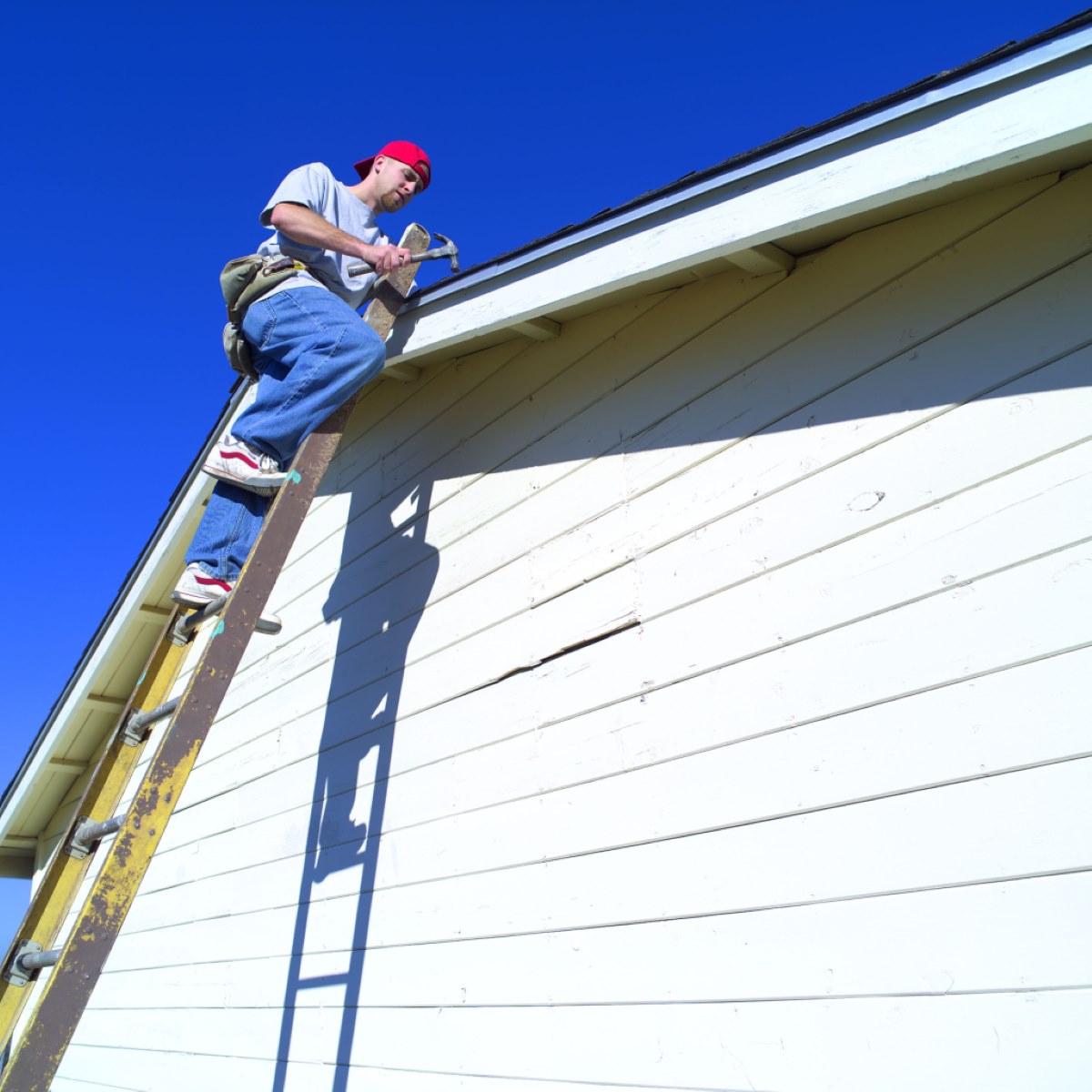
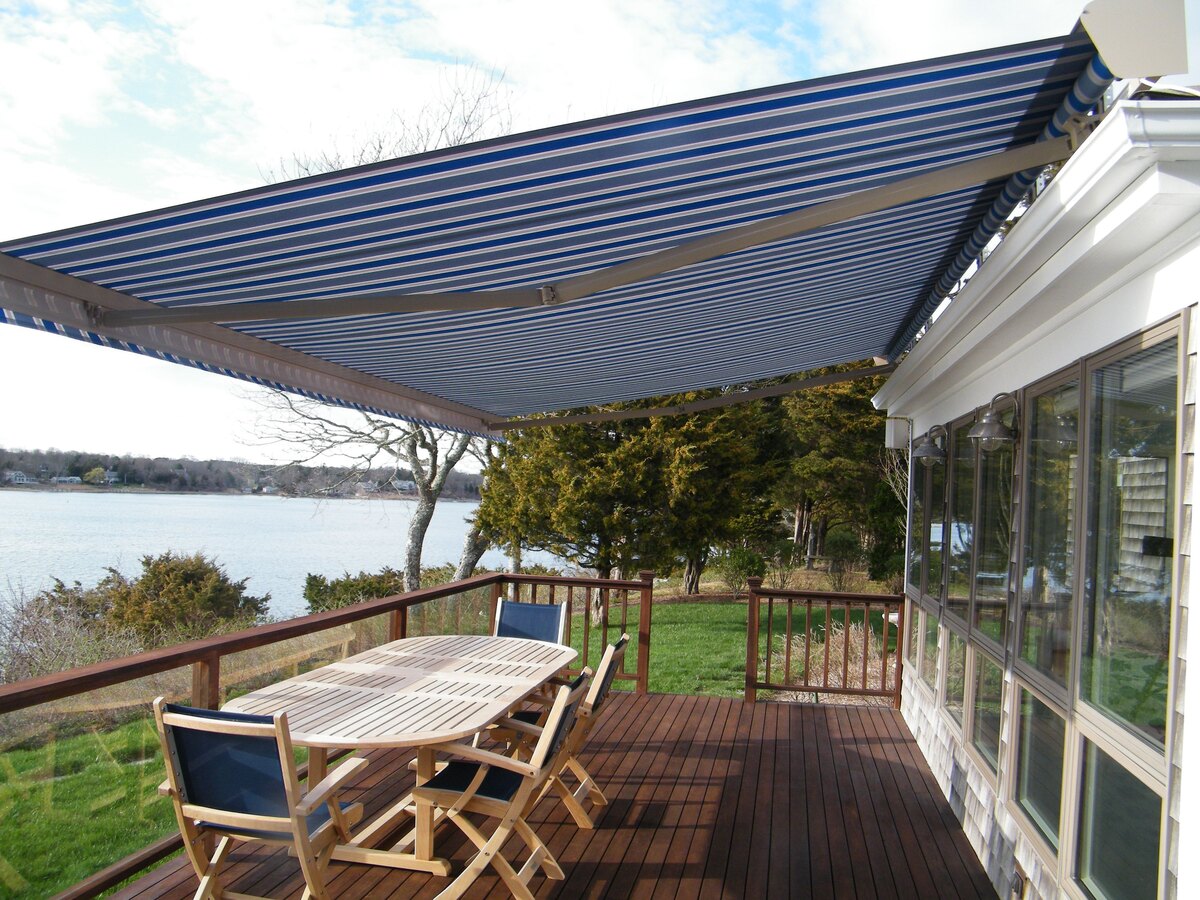
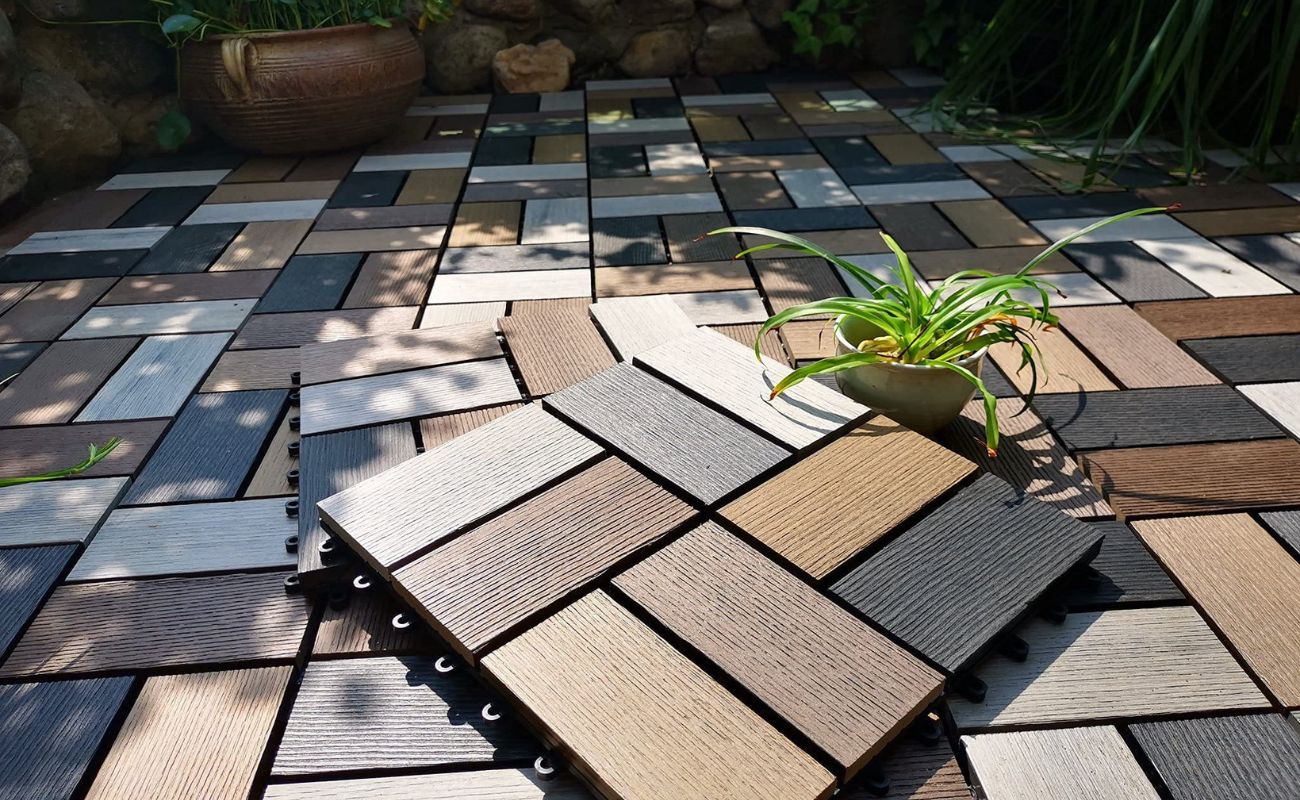
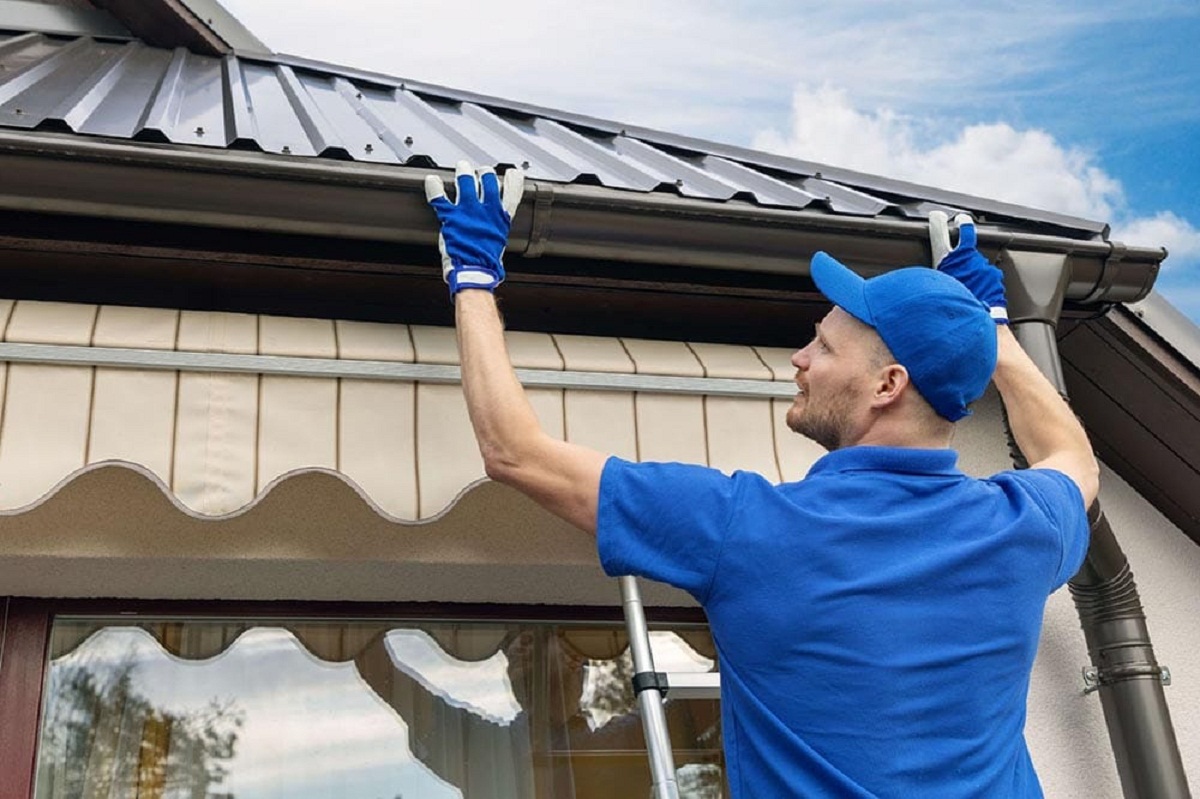
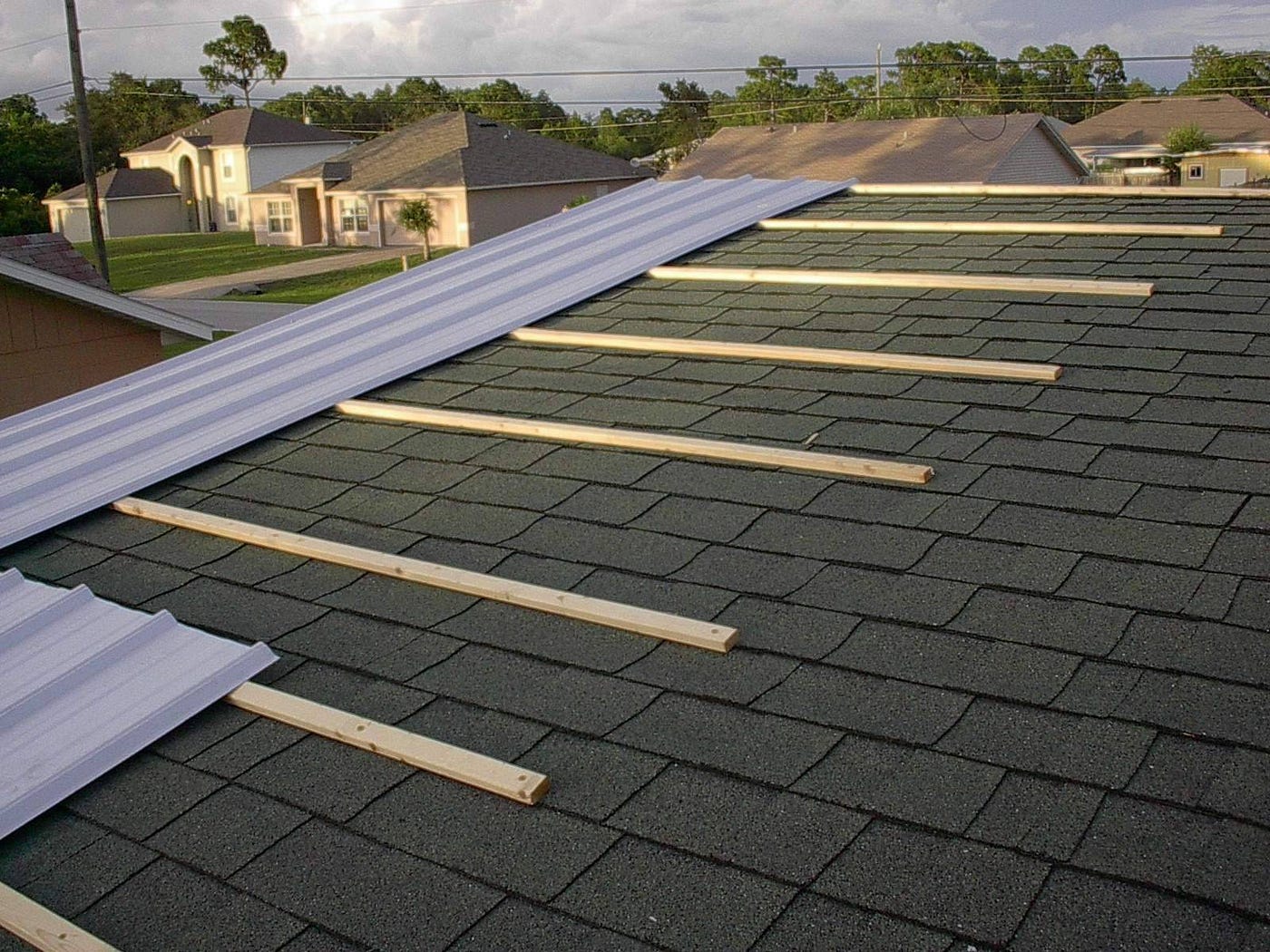
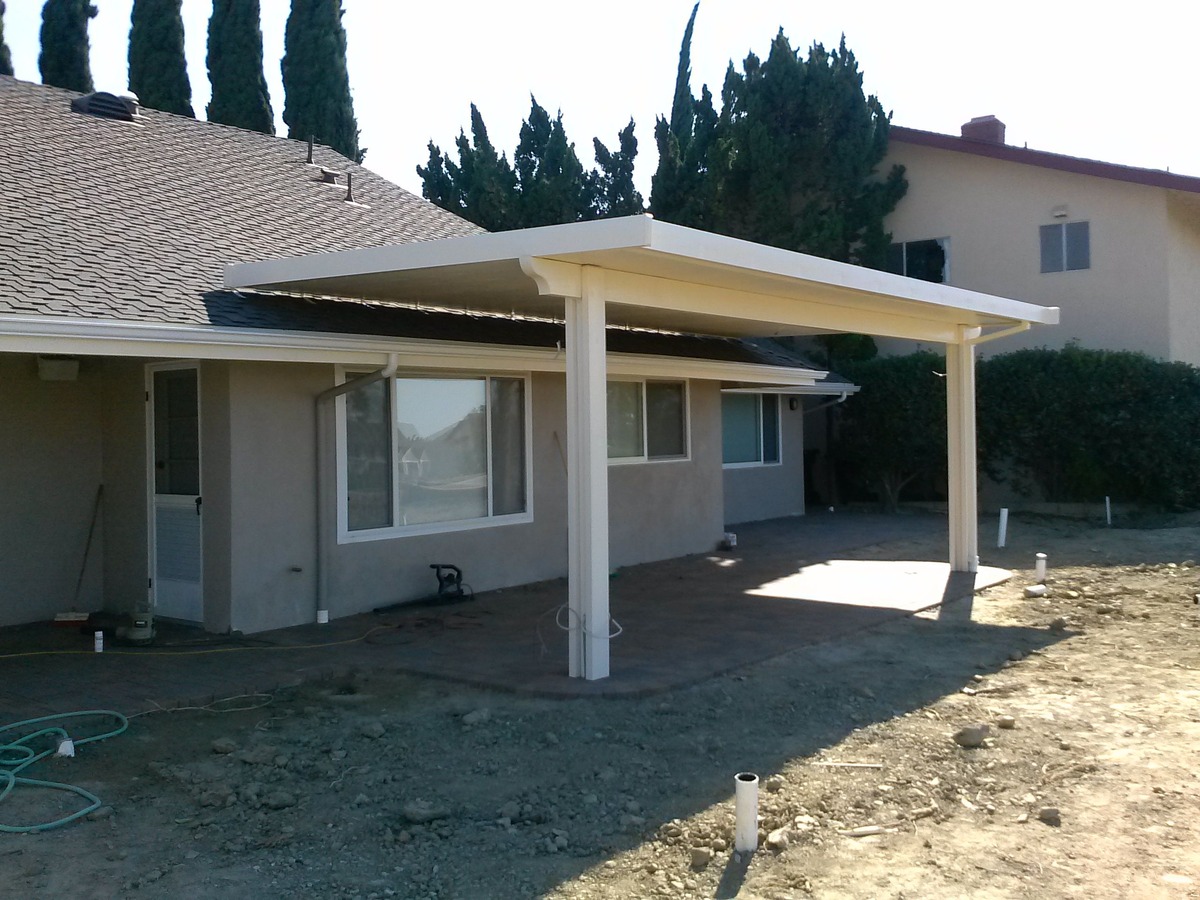
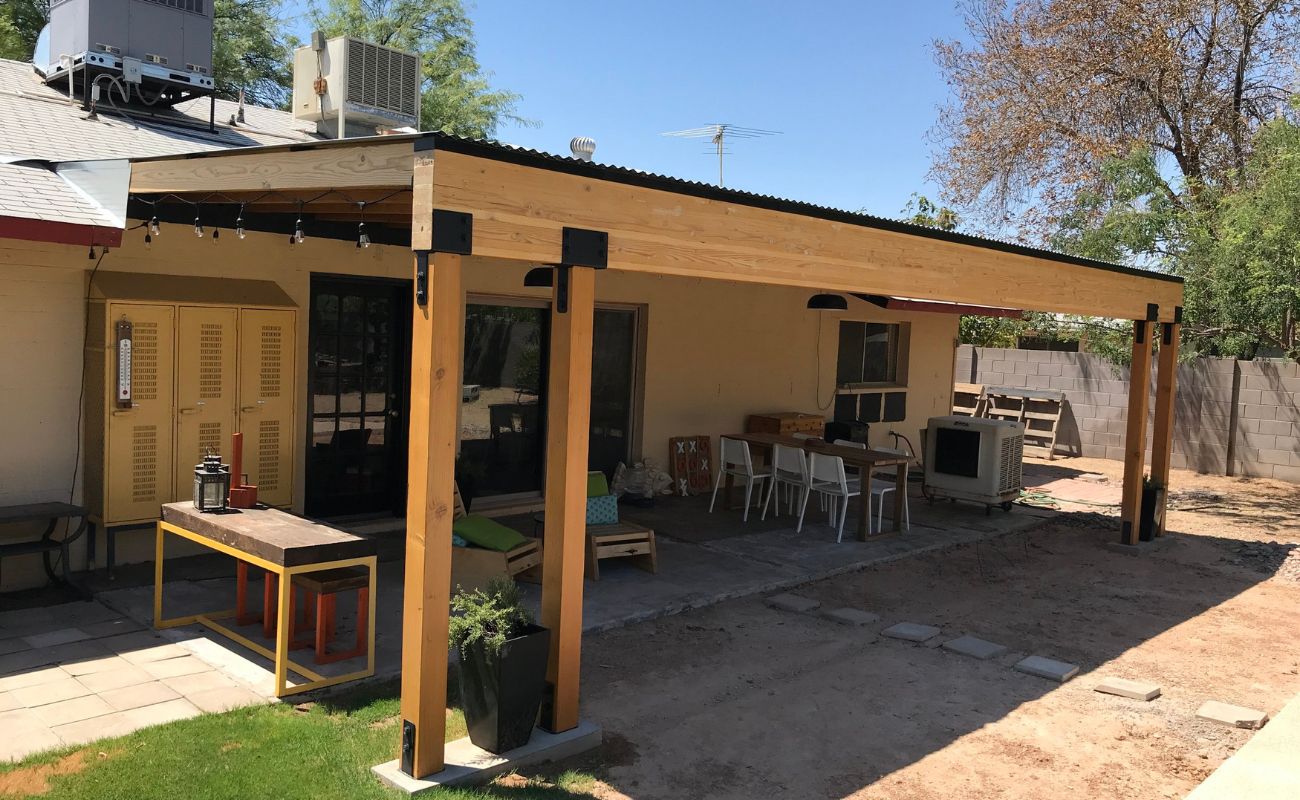
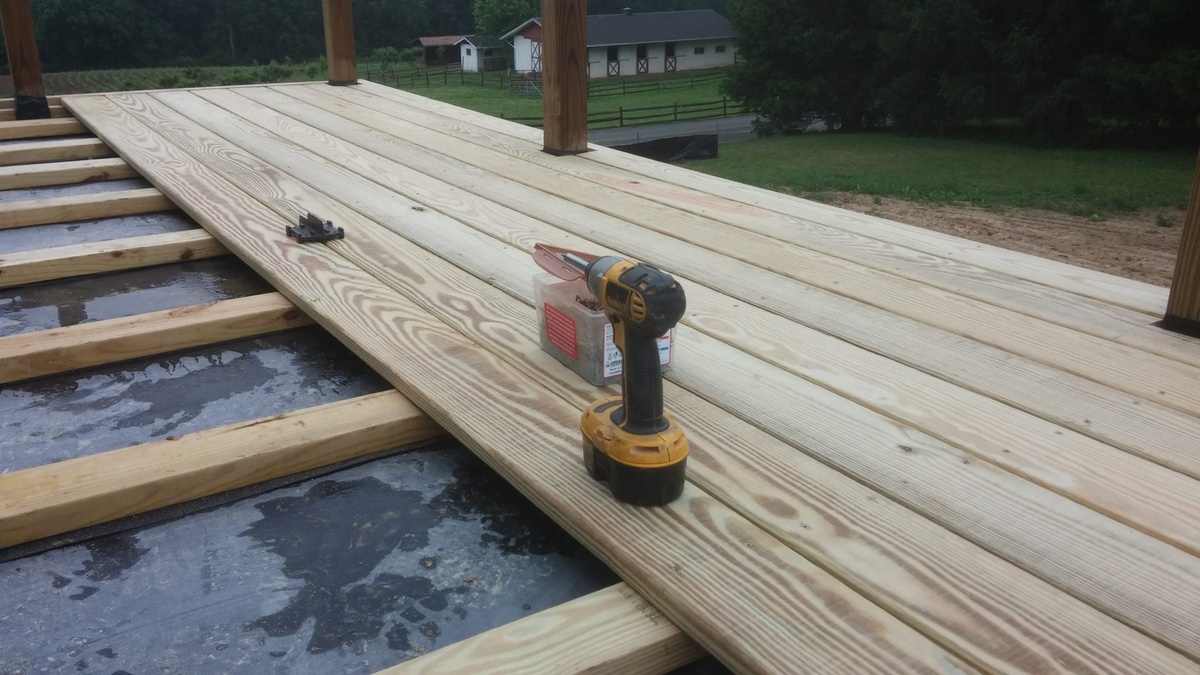
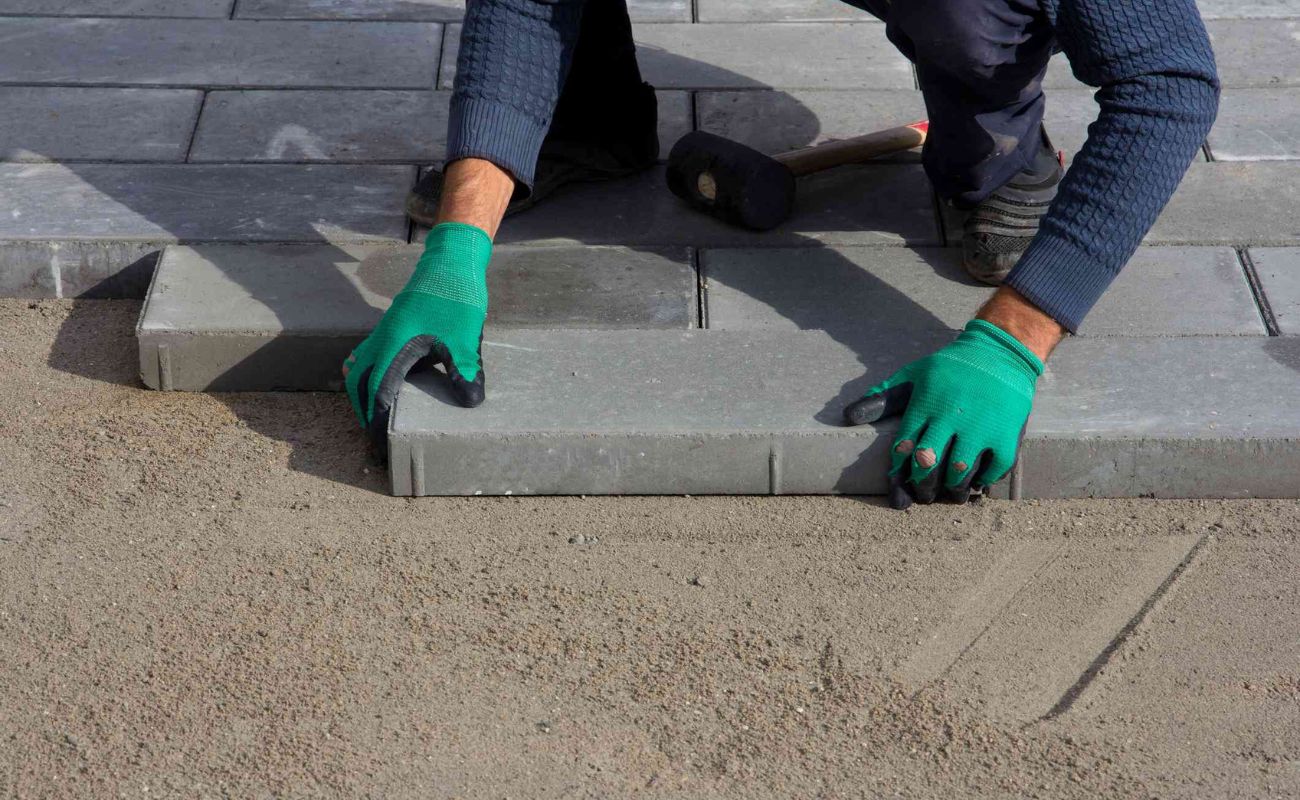
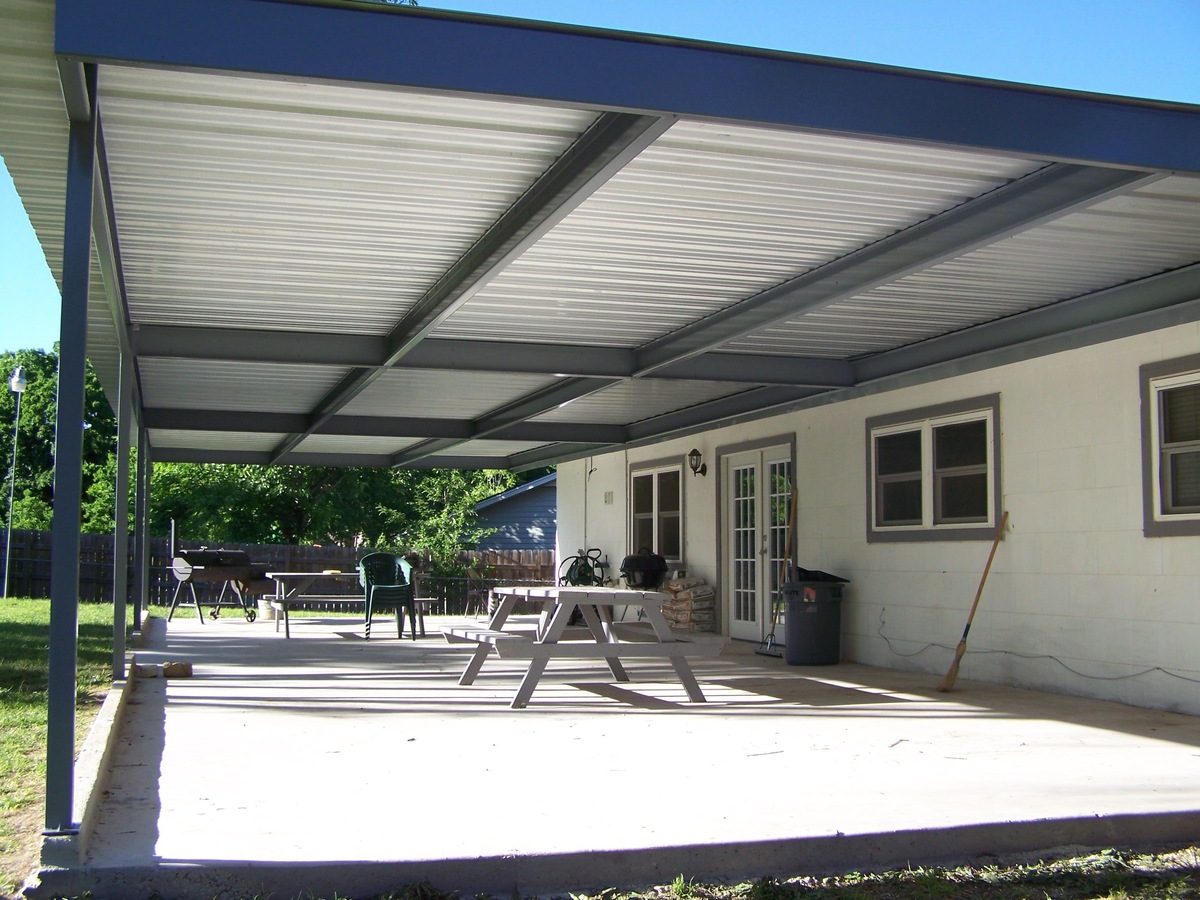

0 thoughts on “How To Extend A Roof Over A Patio”